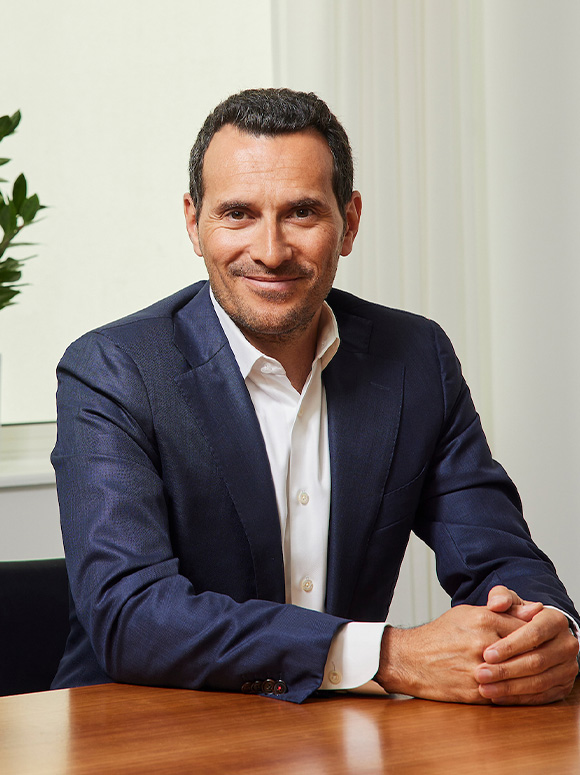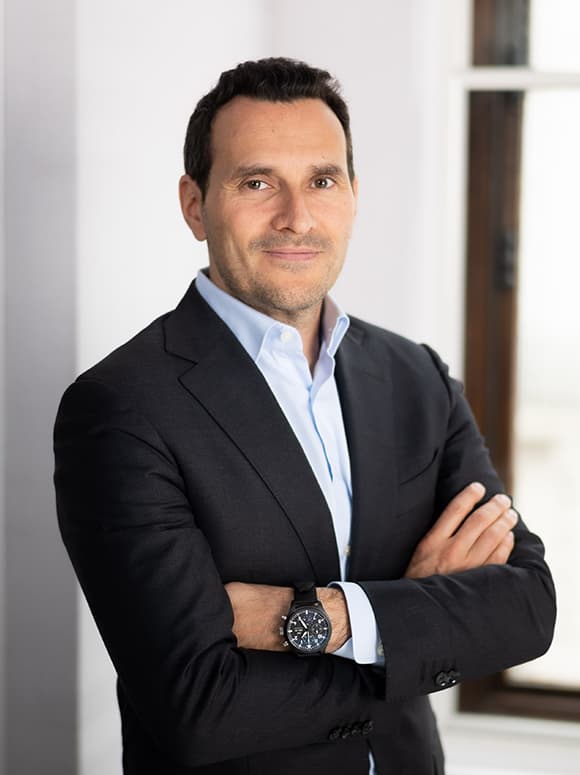With prudent investment strategies, Permira Credit’s David Hirschmann argues that private debt can be a bastion of resilience during the economic downturn
Europe is preparing for a cold winter. The continent’s energy security crisis threatens to inflict major economic hardship over the coming months as inflation continues to spiral. But the continent is, at least, used to dealing with macroeconomic turmoil, after a 15-year period that has seen one crisis after another.
David Hirschmann, Permira Credit’s head of private credit, points out that private debt has gone from strength to strength during this period. With traditional capital providers less willing to lend in the current environment, he tells Private Debt Investor that private debt can continue to thrive. The key to success, he says, is maintaining discipline in underwriting and lending to market leading, PE-backed companies in resilient sectors.
What are the key drivers behind demand for private debt in Europe?
Clearly, there’s been very significant growth over the past decade. Private debt funds have been able to fill the funding gap that has opened up due to bank retrenchment and the continued regulatory pressure on bank balance sheets. The asset class has provided solutions on the one hand for sponsors and borrowers, who are seeking long-term partnerships, and on the other hand for LPs who are seeking attractive and consistent risk-adjusted returns.
The larger, well-established managers have now raised and deployed multiple funds, and have proven they can deliver strong performance and stability in a volatile and uncertain market environment. Private debt-funded transactions now represent the majority of European financing in the mid-market, and recently we’ve seen the rise of larger transactions and club deals as an alternative to capital market solutions.
Why do you think many European PE firms nowadays favour private debt funds over traditional bank financing for mid-market buyouts?
There are a number of reasons. Private debt funds offer certainty and reliability with a tailored approach, which can suit the needs of a PE sponsor, particularly in competitive auction processes. Speed of execution, as well as ticket size, mean this is sometimes the only way to meet a seller’s deadlines and make a transaction possible. And in a buy-and-build context, the availability of follow-on capital is a key success factor. From a shareholder’s perspective, buy-and-build situations call for financing partners that can act quickly and have a commercial mindset, in addition to being flexible in terms of the debt quantum involved.
Private debt funds such as Permira Credit are in a position to deliver just that. Our private credit funds have repeatedly backed companies’ growth strategies over a number of years, from the low end to the upper end of the mid-market. This is why we see a high level of repeat dealflow from our existing sponsor relationships and also from within the existing portfolio.
As a private debt manager, how have you been able to ensure resilience through the various macroeconomic crises in Europe over the past 15 years?
Over this period, we’ve been through the global financial crisis, the euro debt crisis, Brexit, covid-19 and now the war in Ukraine. There’s been a great deal of volatility in public markets, as well as in the syndicated loan and high-yield bond markets. But private markets have shown much lower volatility compared to public markets strategies, whether debt or equity.
At Permira Credit, we support high-quality, performing businesses that are backed by blue chip private equity sponsors. And we underwrite transactions with conservative leverage structures and significant downside protection. This consistent approach has delivered resilience in our funds’ portfolios over time.
In our core, senior secured direct lending funds, we’ve always been highly selective in the companies we choose to support. We’ve built portfolios that are highly diversified, by the number of borrowers, by industry and by jurisdiction, backing businesses that are relatively unaffected by market cyclicality. These are typically in the technology, business services and healthcare sectors, which have proven to be resilient and benefit from a high level of recurring revenue.
So, to answer your questions, resilience is underpinned by rigorous asset selection, a thorough due diligence process and significant experience of investing through multiple crises.
And as we head into another period of economic hardship, are you confident that you can weather the storm?
Yes, absolutely. Pre-global financial crisis, European mid-market buyouts typically had higher leverage multiples. Financing structures often included various tranches of senior and subordinated debt, together adding up to roughly 7-8x leverage, and with a relatively small equity cushion. By contrast, in today’s market, we see more conservative debt structures, higher interest coverage ratios and equity cushions of more than 50 percent, alongside a bias towards defensive, non-cyclical industries.
In our own direct lending funds, the portfolio has limited exposure to raw material prices or energy costs, which are experiencing levels of inflation not seen for the last 20 years. Naturally, all businesses are exposed to labour costs and we expect there is going to be inflation there, and that is something we factor into our analysis. The sort of companies that we tend to support have high EBITDA margins on average, a good level of pricing power and high cashflow generation capacity, which positions them well in a more volatile environment.
Could the current conditions in the market actually prove favourable for private debt managers overall?
Yes, providing that we make the right investment decisions. The current environment presents a number of attractive opportunities, but equally we are not under pressure to deploy capital. We want to make the right investment decisions and deliver the best outcome for our investors. As always, maintaining our credit underwriting discipline is fundamental.
How do you differentiate yourself in this market?
We are often asked this question and I always point to two key things. Firstly, we are differentiated by our due diligence capacity and our approach to credit analysis, which is enhanced by the fact that we are integrated within Permira, a global private equity firm with vast resources and a large network. Our core sectors – technology, healthcare and business services – are also key sectors for Permira, so we benefit from the deep sector expertise that the firm has built over nearly four decades. This helps us to make more informed investment decisions.
Secondly, as a firm, Permira Creditnow has 15 years’ experience in this market. We have been one of the few managers to be active in the space since the emergence of private debt as an asset class. This has allowed us to build strong relationships and trust over a number of years with key private equity sponsors and debt advisers.
What role does ESG play in your strategy?
The rise of ESG has been an important element in the growth of private debt over the past decade. The introduction of sustainability-linked loans, ESG margin ratchets and ESG ratings are all major developments in the evolution of the asset class more broadly. We aim to ensure that the management of ESG risks is at the core of how we operate at Permira Credit, both in terms of investing and as a business.
Although people often suggest that private debt is behind private equity when it comes to ESG risks, it’s worth pointing out that we often have similar expectations to consider ESG risks as the sponsors that we work with. We tend to work with top-tier private equity sponsors which have a similar focus on ESG risks as we do at Permira and Permira Credit. We have a dedicated ESG team sitting across both parts of the platform and we integrate ESG risk analysis into our investment decision processes. In that sense, I find a lot of similarities and alignment in approach with the sponsors that we back.
Over the longer-term, do you expect to see significant growth in private debt in Europe?
Definitely – the European market remains a very attractive market to invest in. High-quality assets continue to come to market and there is room for further growth. Even in the more mature markets of Western and Northern Europe, private debt only represents around 60-70 percent of the financing for European mid-market buyouts, versus roughly 90 percent in the US.
Issuance across leveraged loan and high-yield bond markets declined sharply in the first half of 2022. That helps to create white space for private debt funds. In fact, more recently we have seen the rise of larger transactions and club deals as an alternative to capital market solutions. This increasing deal size extends the opportunity set for direct lenders by effectively raising the ceiling for larger private debt funds.









